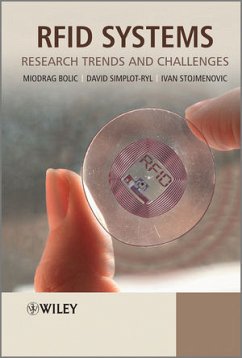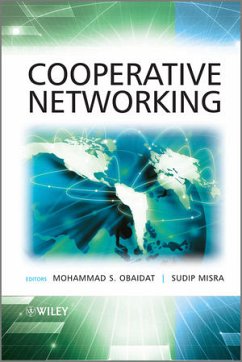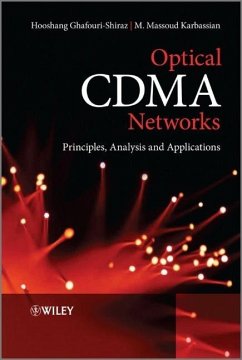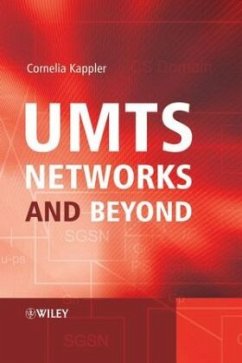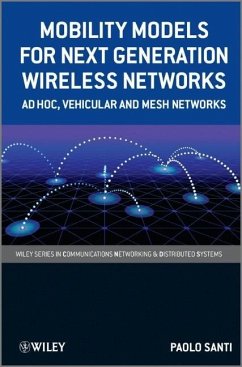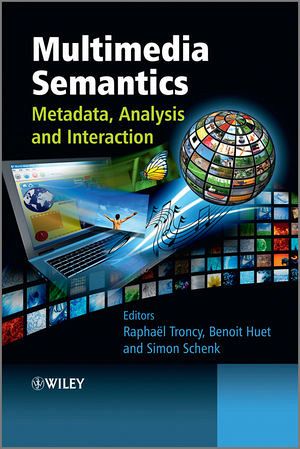
Multimedia Semantics
Metadata, Analysis and Interaction
Herausgeber: Troncy, Raphael; Schenk, Simon; Huet, Benoit
Versandkostenfrei!
Versandfertig in über 4 Wochen
108,99 €
inkl. MwSt.
Weitere Ausgaben:

PAYBACK Punkte
54 °P sammeln!
In this book, the authors present the latest research results in the multimedia and semantic web communities, bridging the "Semantic Gap" This book explains, collects and reports on the latest research results that aim at narrowing the so-called multimedia "Semantic Gap": the large disparity between descriptions of multimedia content that can be computed automatically, and the richness and subjectivity of semantics in user queries and human interpretations of audiovisual media. Addressing the grand challenge posed by the "Semantic Gap" requires a multi-disciplinary approach (computer science, ...
In this book, the authors present the latest research results in the multimedia and semantic web communities, bridging the "Semantic Gap" This book explains, collects and reports on the latest research results that aim at narrowing the so-called multimedia "Semantic Gap": the large disparity between descriptions of multimedia content that can be computed automatically, and the richness and subjectivity of semantics in user queries and human interpretations of audiovisual media. Addressing the grand challenge posed by the "Semantic Gap" requires a multi-disciplinary approach (computer science, computer vision and signal processing, cognitive science, web science, etc.) and this is reflected in recent research in this area. In addition, the book targets an interdisciplinary community, and in particular the Multimedia and the Semantic Web communities. Finally, the authors provide both the fundamental knowledge and the latest state-of-the-art results from both communities with the goal of making the knowledge of one community available to the other. Key Features: * Presents state-of-the art research results in multimedia semantics: multimedia analysis, metadata standards and multimedia knowledge representation, semantic interaction with multimedia * Contains real industrial problems exemplified by user case scenarios * Offers an insight into various standardisation bodies including W3C, IPTC and ISO MPEG * Contains contributions from academic and industrial communities from Europe, USA and Asia * Includes an accompanying website containing user cases, datasets, and software mentioned in the book, as well as links to the K-Space NoE and the SMaRT society web sites (http://www.multimediasemantics.com/) This book will be a valuable reference for academic and industry researchers /practitioners in multimedia, computational intelligence and computer science fields. Graduate students, project leaders, and consultants will also find this book of interest.






